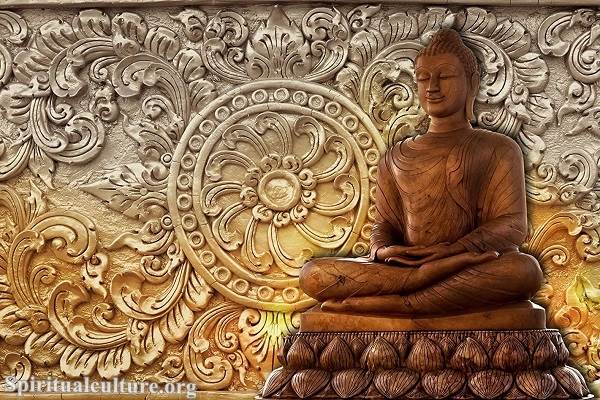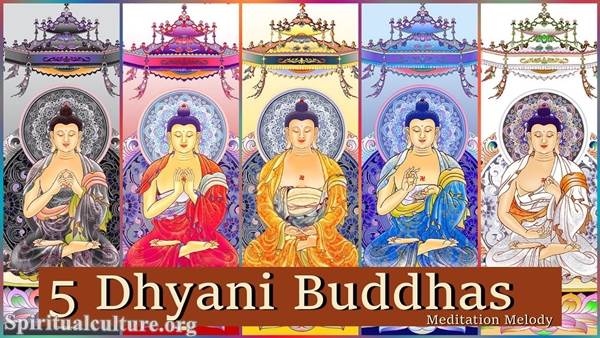The term “Buddha” refers to a title given to Siddhartha Gautama, a spiritual teacher and founder of Buddhism who lived in ancient India around the 5th century BCE.
The title “Buddha” means “Awakened One” or “Enlightened One,” indicating that Siddhartha had achieved a state of spiritual awakening and understanding of the true nature of reality. In Buddhism, the term “Buddha” can also refer to anyone who has achieved this same state of enlightenment.
Siddhartha Gautama was born into a royal family in what is now Nepal. As a young man, he became disillusioned with the luxurious life of a prince and left his palace to become a wandering ascetic. After six years of rigorous spiritual practice, he attained enlightenment while meditating under a bodhi tree. From that point on, he was known as the Buddha or “Awakened One.”

After his enlightenment, the Buddha spent the rest of his life teaching others how to attain enlightenment for themselves. He traveled throughout India, giving sermons and establishing monasteries where his followers could live and practice Buddhism. His teachings, known as the Dharma, emphasized the Four Noble Truths and the Eightfold Path, which provide a framework for understanding the nature of suffering and the means to end it.
In Buddhism, it is believed that anyone can attain enlightenment and become a Buddha through following the path laid out by Siddhartha Gautama. In some forms of Buddhism, multiple Buddhas have attained enlightenment in the past, present, and future.
The Buddha statue is a common Buddhism symbol and is often used as an object of worship or meditation. These statues are not meant to depict a specific person but rather represent the ideal of the awakened mind. The statue is also seen as a representation of the Buddha’s teachings and his path to enlightenment.




